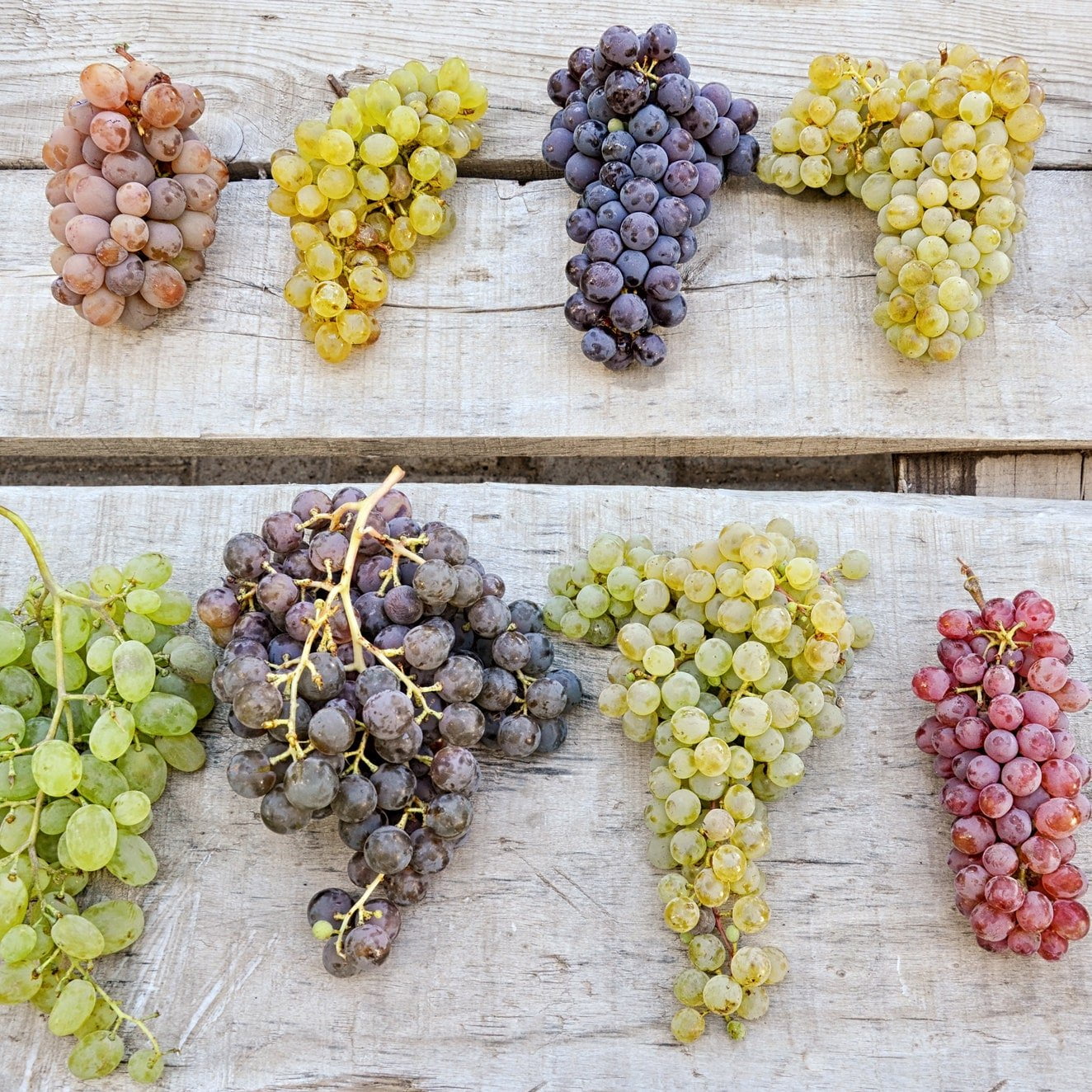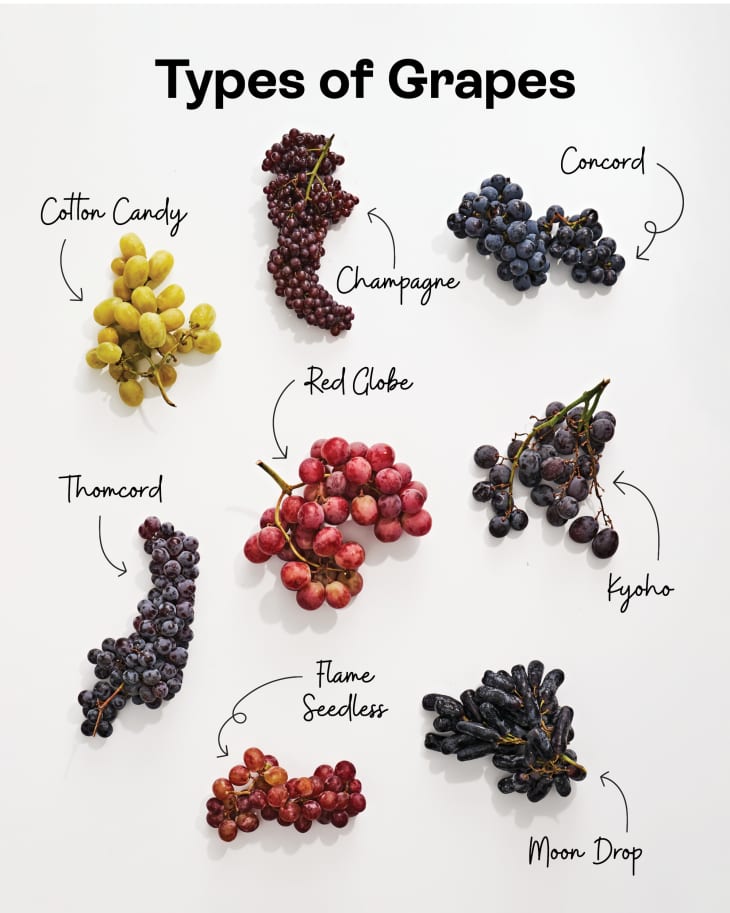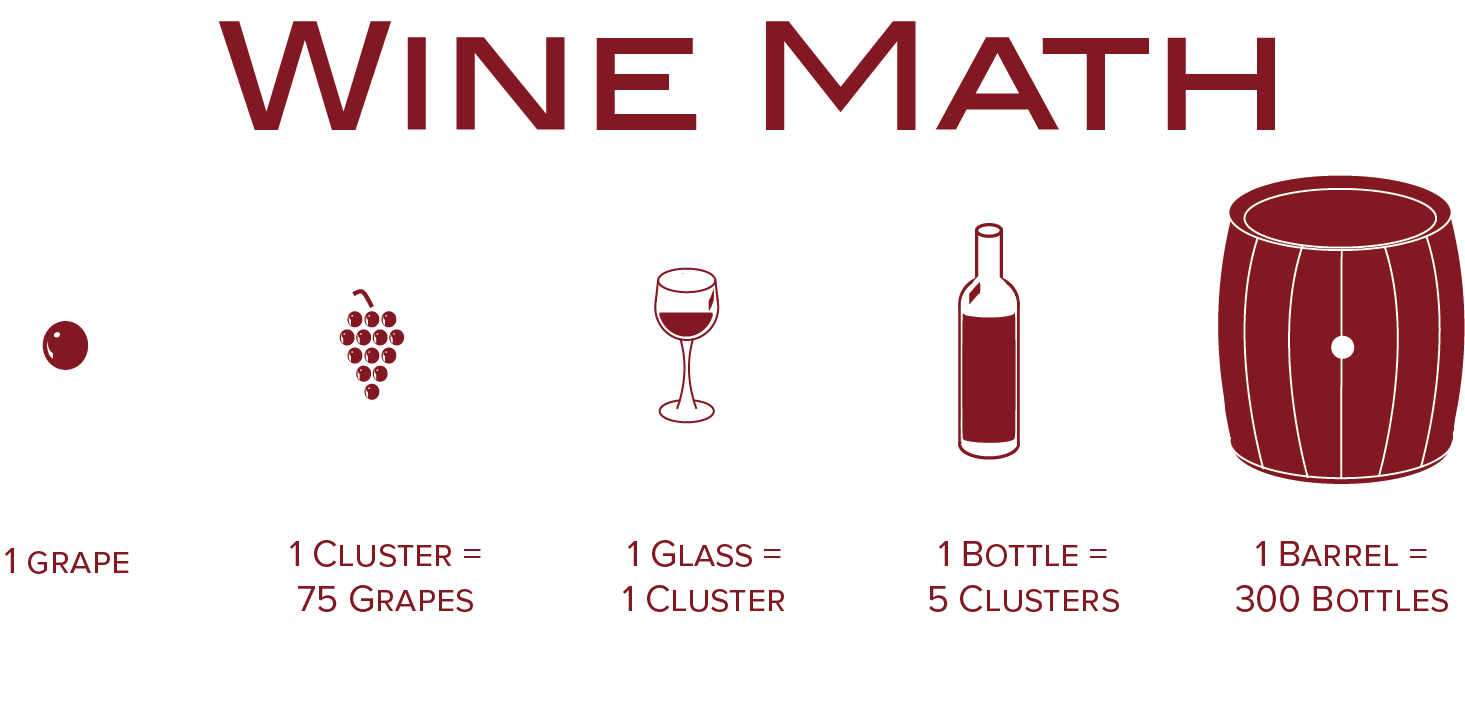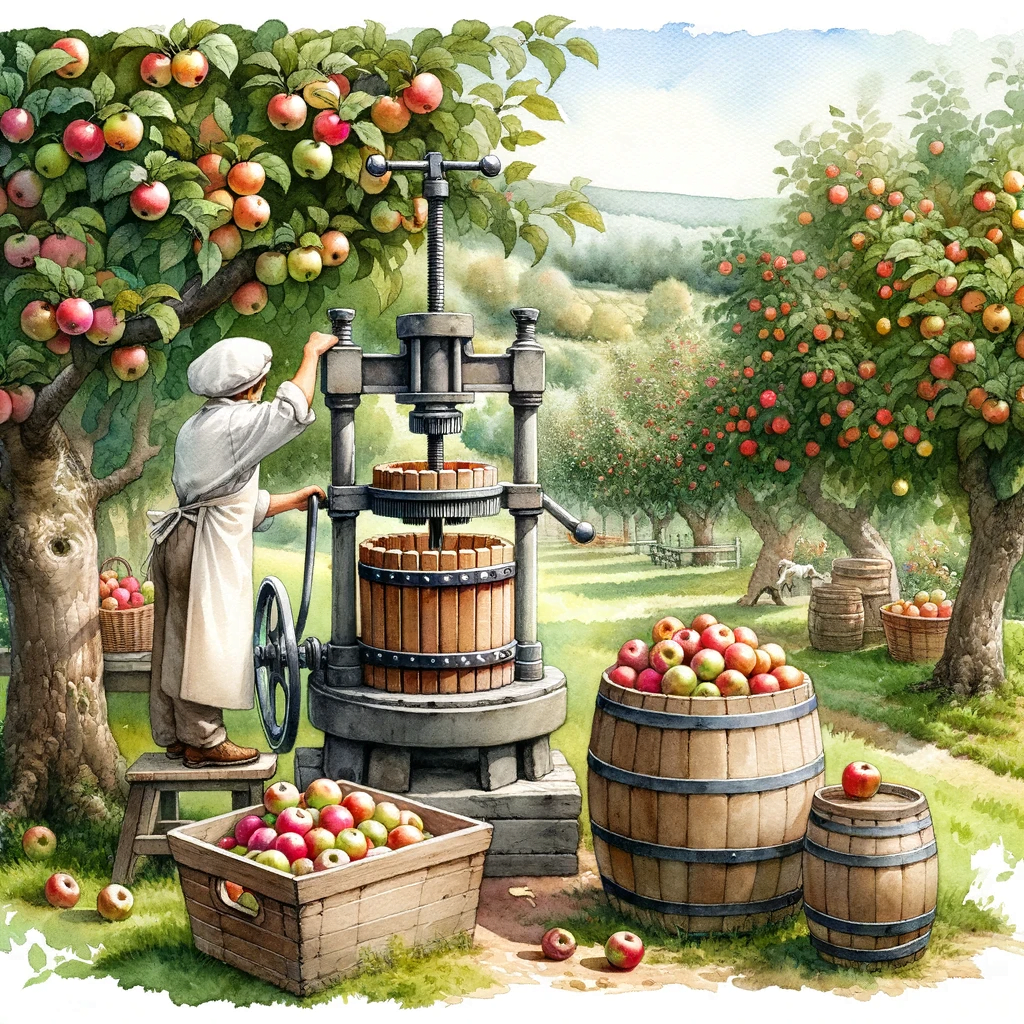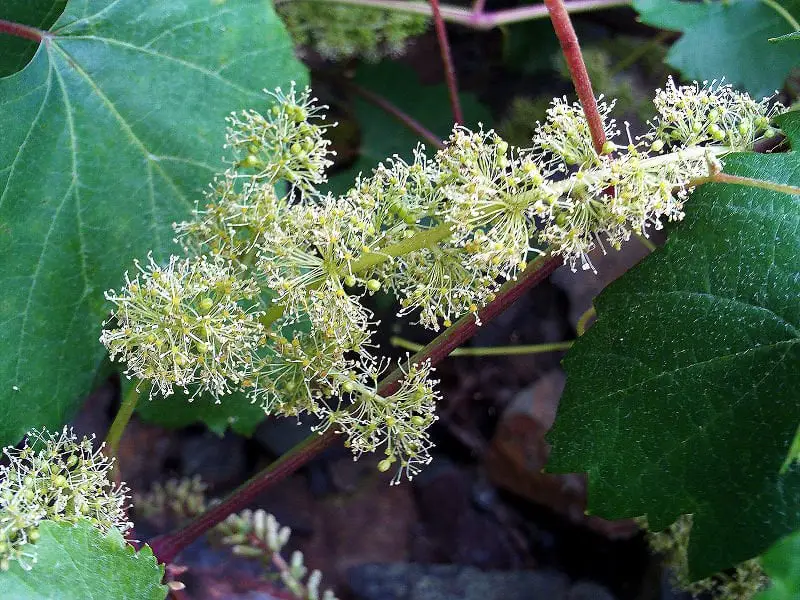In the realm of sweet delicacies, few fruits can compare to the indulgence of succulent grapes. With a multitude of varieties to choose from, discerning palates may find themselves pondering the question: what truly are the sweetest grapes? Today, we embark on a journey through the world of grapes, unveiling the tantalizing flavors and unique profiles that make certain grape varieties stand out amongst the rest. Prepare to be captivated by the unparalleled sweetness that awaits, as we explore the realm of grape gustatory delights.
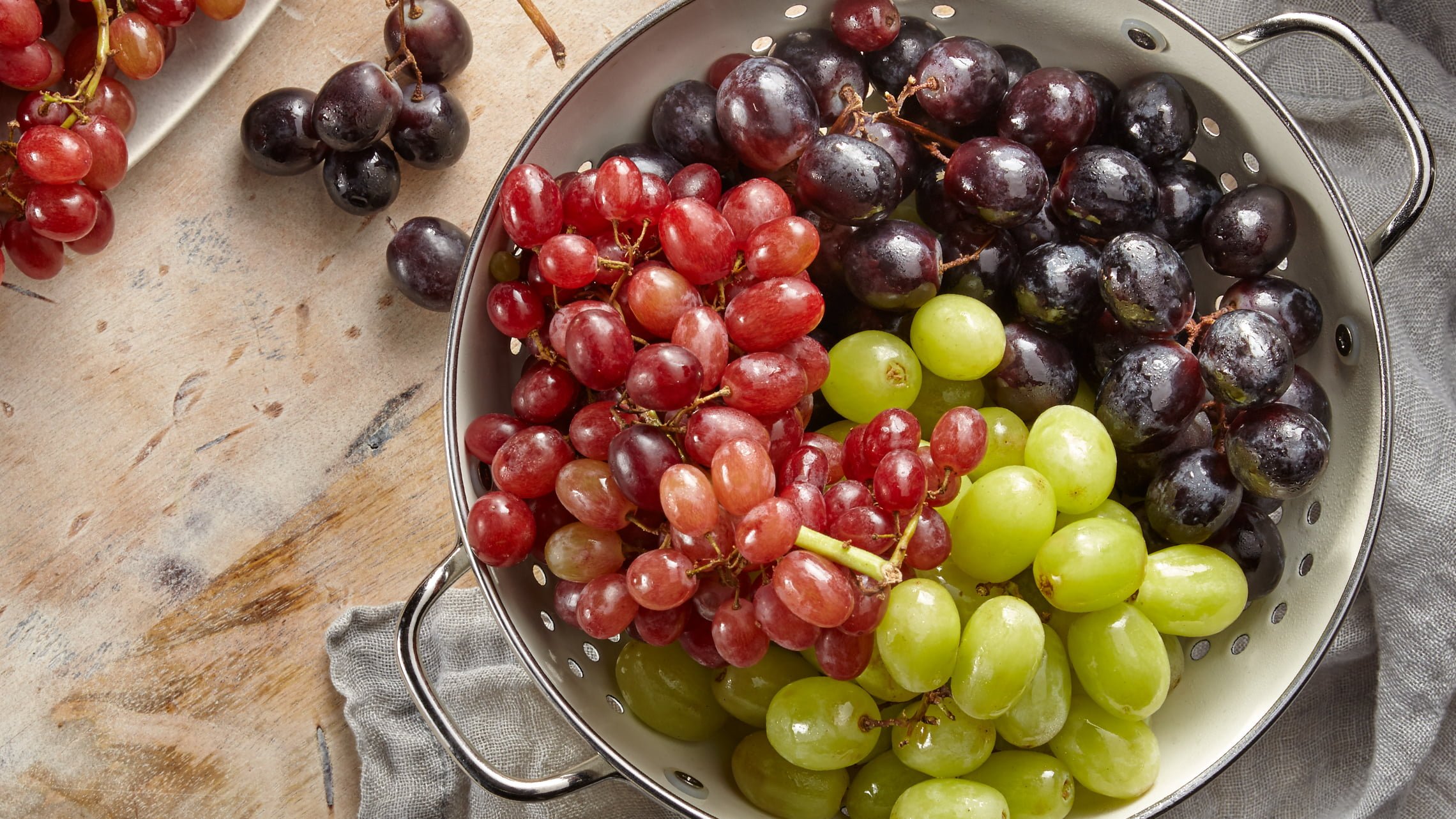
Different Types of Sweet Grapes
Muscat Grapes
Muscat grapes are known for their intense sweetness and aromatic flavors. These grapes have a distinct musky aroma and are often used in winemaking and dessert recipes. They can range in color from pale green to golden yellow and have a tender texture. Muscat grapes are a popular choice for those looking for a sweet and juicy snack.
Cotton Candy Grapes
Cotton Candy grapes are unique and delicious. These grapes have a flavor that resembles the iconic carnival treat, cotton candy. They have a light and airy sweetness that is reminiscent of spun sugar. The grapes are usually green in color and have a crunchy texture. Cotton Candy grapes are a fun and indulgent choice for those with a sweet tooth.
Concord Grapes
Concord grapes are native to North America and are a popular choice for making grape juice, jams, and jellies. These grapes are deep blue to purple in color and have a rich, sweet flavor. Concord grapes are small and round with a slightly tart skin. They are perfect for snacking or adding a burst of sweetness to various recipes.
Thompson Seedless Grapes
Thompson Seedless grapes, also known as Sultana grapes, are one of the most widely grown grape varieties. These grapes are green and have a crisp texture. They are known for their mild and sweet flavor, making them a versatile choice for cooking, baking, or simply enjoying as a snack. Thompson Seedless grapes are a go-to option for those seeking a classic and consistently sweet grape.
Factors Affecting Grape Sweetness
Variety
The variety of grape plays a significant role in determining its sweetness. Different grape varieties have varying sugar levels, acidity, and flavor profiles. Some varieties, such as Muscat grapes, are specifically bred for their high sugar content and intense sweetness. When selecting sweet grapes, it is important to consider the variety and choose one that aligns with your desired level of sweetness.
Ripeness
The ripeness of grapes greatly affects their sweetness. As grapes mature, the sugar content increases while the acidity decreases. This balance of sweetness and acidity is essential for achieving optimal flavor. It is crucial to choose grapes that are fully ripe for the sweetest taste. Grapes that are still too green may be tart, while overripe grapes can become mushy and overly sweet.
Growing Conditions
Growing conditions, including the climate, soil composition, and sun exposure, can impact the sweetness of grapes. Grapes grown in warmer climates tend to be sweeter due to increased sugar development. Additionally, grapes grown in well-drained soil with proper nutrient balance are more likely to produce sweet and flavorful fruit. The cultivation of grapes in regions conducive to their growth plays a crucial role in their overall sweetness.
Tips for Choosing Sweet Grapes
Appearance
When selecting sweet grapes, pay attention to their appearance. Look for grapes that have a uniform color throughout the bunch. Avoid grapes with wrinkled or shriveled skin, as this may indicate that they are past their prime. The grapes should be plump and firm to the touch, indicating freshness and optimal sweetness. Choose bunches that are free from mold or signs of decay.
Texture
The texture of grapes is an important indicator of their sweetness. Sweet grapes should have a firm and crisp texture when bitten into. Avoid grapes with a mushy or mealy texture, as this can indicate overripeness or poor quality. The skin of the grape should be smooth and taut, providing a satisfying crunch when eaten.
Smell
Another way to gauge the sweetness of grapes is through their aroma. Sweet grapes often have a fragrant and enticing smell, reminiscent of the fruit’s natural sweetness. Take a moment to smell the grapes before purchasing them. Avoid grapes with no smell or those that have an unpleasant odor, as this may indicate low sugar content or spoilage.
Storage and Shelf Life of Sweet Grapes
Refrigeration
To maintain the sweetness and freshness of sweet grapes, it is essential to store them properly. The best way to store grapes is in the refrigerator, as the cool temperature helps slow down the ripening process. Place unwashed grapes in a dry container or a perforated plastic bag to allow for air circulation. Stored this way, sweet grapes can last for up to one week.
Proper Handling
When handling sweet grapes, it is important to be gentle to prevent bruising or damaging the fruit. Grapes should be carefully washed before consumption, but avoid washing them before storage as the excess moisture can promote decay. Handle the grapes by the stems rather than squeezing the fruit directly, as this can cause bruising and spoilage.
Preservation Methods
If you have an abundance of sweet grapes and want to extend their shelf life, there are various preservation methods to consider. Freezing grapes is a simple and effective way to preserve their sweetness. Wash and dry the grapes, then place them in a single layer on a baking sheet and freeze them. Once frozen, transfer the grapes to a freezer-safe container. Frozen grapes can be enjoyed as a refreshing snack or added to smoothies and desserts.
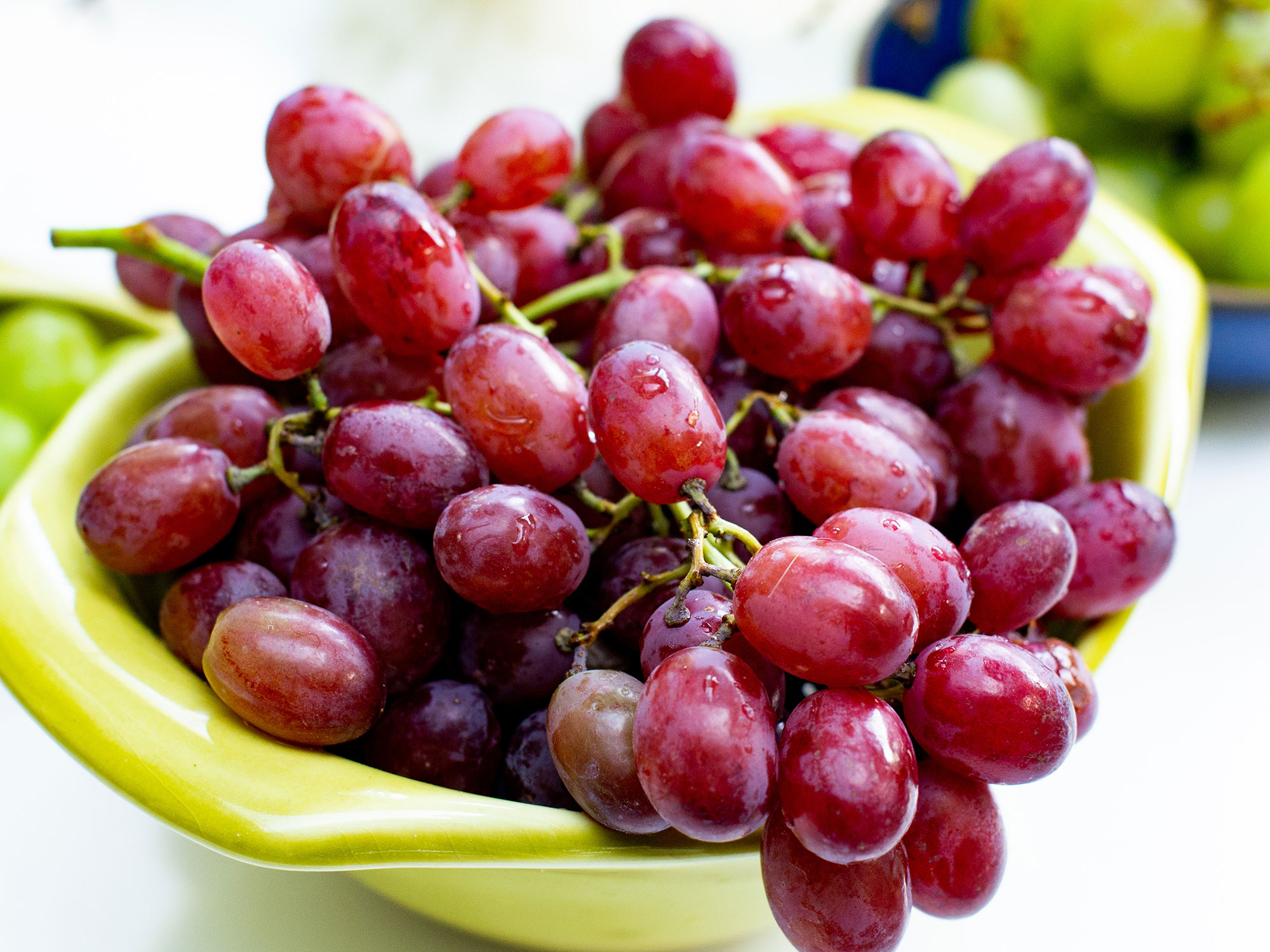
Health Benefits of Sweet Grapes
Rich in Antioxidants
Sweet grapes are packed with antioxidants, which help protect the body against damage caused by harmful free radicals. The antioxidants in grapes, such as resveratrol, quercetin, and catechins, have been linked to various health benefits, including reducing inflammation and lowering the risk of chronic diseases.
Promote Heart Health
Sweet grapes are heart-healthy fruits due to their high content of polyphenols and flavonoids. These compounds have been shown to reduce the risk of heart disease by promoting healthy blood pressure levels, preventing the oxidation of LDL cholesterol, and improving overall cardiovascular function.
Boost Immune System
Grapes, particularly sweet varieties, are a great source of vitamin C, which plays a crucial role in boosting the immune system. Vitamin C helps stimulate the production of white blood cells, enhancing the body’s ability to fight off infections and diseases. Including sweet grapes in your diet can contribute to a stronger immune system and overall well-being.
Best Uses for Sweet Grapes
Snacking
The natural sweetness and juicy texture of sweet grapes make them a perfect choice for snacking. Enjoy a handful of grapes on their own or pair them with cheese for a delightful combination of flavors. Sweet grapes are a healthier alternative to sugary snacks, providing a satisfying burst of sweetness without unnecessary added sugars.
Salads and Fruit Bowls
Sweet grapes add a refreshing and sweet element to salads and fruit bowls. Their natural sweetness pairs well with a variety of ingredients, such as leafy greens, nuts, cheese, and citrus fruits. Add sweet grapes to a green salad or create a colorful fruit bowl with a combination of different fruits for a nutritious and flavorful meal or snack.
Juices and Smoothies
The sweetness of grapes makes them an ideal ingredient for juices and smoothies. Blend sweet grapes with other fruits, such as berries or tropical fruits, to create a refreshing and naturally sweet beverage. Their natural sugars provide a healthy source of energy, making grape-based drinks a great choice for a quick pick-me-up or post-workout recovery.

Popular Varieties of Sweet Grapes
Red Globe
Red Globe grapes are large, round, and have a deep red color. They are known for their excellent sweetness and crisp texture. These grapes are a popular choice for snacking, adding a pop of color to fruit salads, or as an accompaniment to cheese platters. Red Globe grapes are widely available and can be enjoyed throughout the year.
Autumn Royal
Autumn Royal grapes are characterized by their dark purple to black skin and sweet, juicy flesh. These grapes are larger than average and have a firm texture. Autumn Royal grapes are often enjoyed for their robust sweetness and are a popular choice for wine making, as well as eating fresh or in desserts.
Flame Seedless
Flame Seedless grapes are small to medium-sized grapes with a bright red skin. They are known for their high sugar content and mild, sweet flavor. Flame Seedless grapes are a versatile variety that can be used for snacking, baking, or making grape juice. Their vibrant red color adds an appealing visual element to any dish.
Black Corinth
Black Corinth grapes, also known as Zante currants, are tiny grapes native to Greece. Despite their small size, they are bursting with sweetness. These grapes are often dried and used as a natural sweetener in baked goods, jams, and desserts. Black Corinth grapes provide a concentrated burst of sweetness and are a unique addition to various recipes.
Cultivating Sweet Grapes
Choosing the Right Vineyard Location
Cultivating sweet grapes begins with selecting an appropriate vineyard location. Grapes thrive in well-drained soil and require ample sunlight to reach their full sweetness potential. The ideal vineyard location should have a favorable climate with warm temperatures and a consistent growing season. Proper site selection is crucial for ensuring the optimal growth and ripening of sweet grapes.
Maintaining Proper Soil pH
Sweet grapes require a specific soil pH to develop their characteristic sweetness. The ideal soil pH for grape cultivation ranges from 6.0 to 6.5. Acidic soil conditions can result in grapes with increased tartness, while overly alkaline soil can inhibit the uptake of essential nutrients. Regular soil testing and appropriate amendments can help maintain the proper pH levels to ensure the sweetest grapes possible.
Pruning and Trellising Techniques
Pruning and trellising techniques are essential for maximizing grape sweetness and overall vine health. Pruning helps control the yield and balance the fruit load, allowing the vine to dedicate its energy to producing fewer but sweeter grapes. Proper trellising enables better air circulation and sunlight exposure, promoting the development of sugars and flavor compounds in the grape berries. Careful attention to pruning and trellising methods is crucial for cultivating the sweetest grapes.

Grape Harvesting and Processing
Determining Harvest Time
Determining the optimal harvest time is crucial to capture the maximum sweetness of the grapes. Grapes are typically harvested based on their sugar content, acidity, and flavor profile. Winemakers and grape growers often use a refractometer to measure the sugar level (Brix) to determine the ideal harvest time. For table grapes, harvesting is usually done when the grapes are fully colored, plump, and slightly soft to the touch.
Post-Harvest Treatment
After harvest, it is important to handle the grapes with care to preserve their sweetness and quality. Grapes should be promptly cooled to slow down the ripening process. They are typically packed in breathable containers to minimize condensation and reduce the risk of spoilage. Proper post-harvest treatment, including gentle handling and temperature control, helps maintain the sweetness and freshness of the grapes.
Wine-Making Process
For grapes intended for winemaking, additional processing steps are involved to extract the optimal sweetness and flavor compounds. The grapes are destemmed and crushed to release the juice, which is then fermented to convert the sugar into alcohol. The length and temperature of fermentation, as well as other techniques employed during the winemaking process, can significantly impact the sweetness and overall flavor profile of the final wine product.
Sweet Grape Recipes
Grape and Cheese Platter
Create an elegant and sweet appetizer by assembling a grape and cheese platter. Choose a variety of sweet grapes, such as Muscat or Thompson Seedless, and pair them with a selection of complementary cheeses. Serve alongside some crusty bread or crackers for a delightful balance of sweetness and savory flavors.
Grape Sorbet
Beat the heat with a refreshing homemade grape sorbet. Blend sweet grapes, a touch of lemon juice, and a sweetener of your choice until smooth. Freeze the mixture in a shallow dish, stirring occasionally to prevent ice crystals from forming. Once frozen, scoop into bowls or cones for a naturally sweet and cooling treat.
Grape Jam
Preserve the sweetness of grapes with a homemade grape jam. Simmer sweet grapes with sugar and lemon juice until thickened and spreadable. Store the jam in sterilized jars and enjoy it on toast, scones, or as a filling for pastries. The naturally sweet and fruity flavor of grape jam will brighten up any breakfast or snack.
In conclusion, sweet grapes come in a variety of types and flavors, each with its own unique characteristics. Factors such as grape variety, ripeness, and growing conditions can affect the sweetness of grapes. When selecting sweet grapes, consider their appearance, texture, and smell. Proper storage and handling can help prolong the shelf life of sweet grapes. Sweet grapes offer numerous health benefits, including antioxidants and immune-boosting properties. They can be enjoyed in a variety of ways, such as snacking, incorporating into salads and smoothies, or using in recipes. Popular varieties of sweet grapes include Red Globe, Autumn Royal, Flame Seedless, and Black Corinth. Cultivating sweet grapes requires careful attention to vineyard location, soil pH, and pruning techniques. Harvesting and post-harvest treatment are essential for preserving the sweetness of grapes, with additional steps involved in winemaking. Sweet grapes can be used to create delectable recipes, such as grape and cheese platters, grape sorbet, and grape jam. Whether enjoyed fresh, dried, or in various recipes, sweet grapes are a delightful and nutritious fruit that satisfies the craving for natural sweetness.
